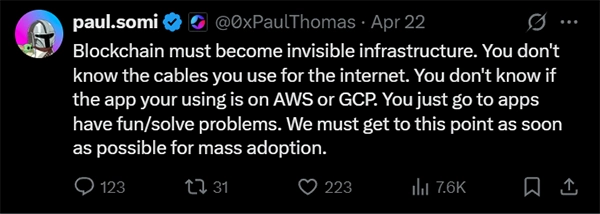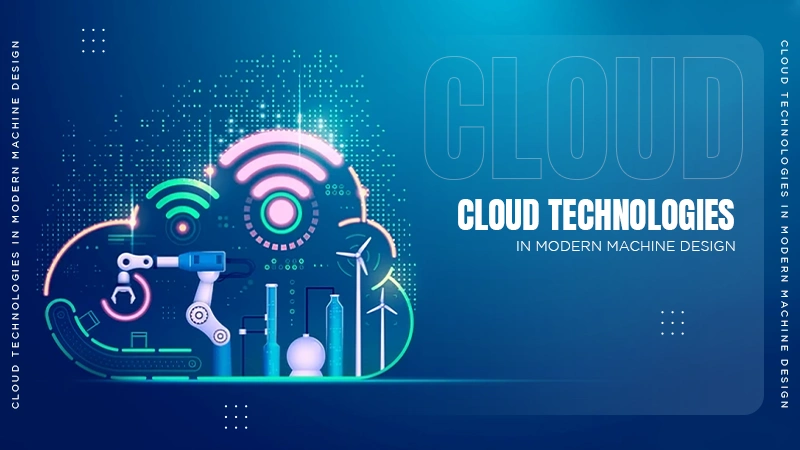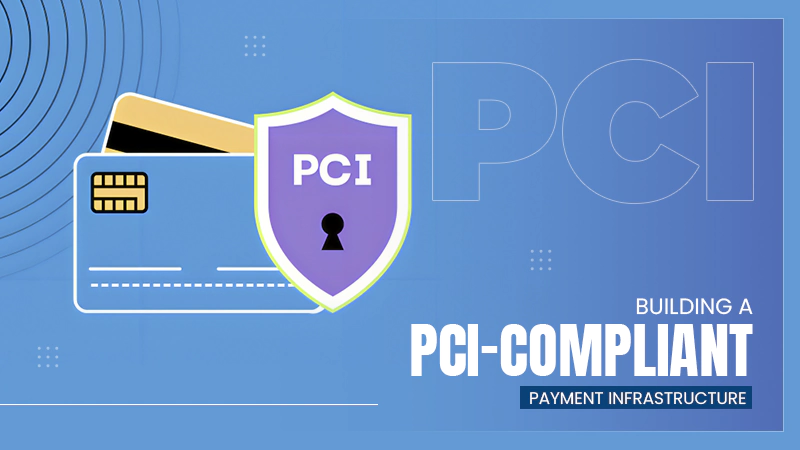In 2025, if you land on the homepage of nearly any top-tier blockchain protocol, it’s often hard to even find which chain the protocol is built on in the immediate view or primary docs. At first glance, that may seem a little odd — after all, decentralization is supposed to be about “you running your own node,” right?
But this absence is intentional and right. Because so long as infrastructure becomes the central point of marketing, you’ve failed your mission of mass adoption.

As long as users and developers are forced to think about RPC endpoints, validator setups, archival indexing, and infra operational overhead, you’ve created a barrier. Real decentralization is about abstracting away those complexities, making the infra invisible, so that users only care about the utility the protocol offers.
No user wakes up and asks, “Is your stack fully decentralized? Do you run every piece of it yourself?” They ask, “Does this app work, is it fast, is it secure, is it permissionless?” The trend toward hiding infra is already underway; the future is protocols with seamless developer and user experience, where decentralization happens behind the curtain.
The Problem of Running Your Own Nodes
Running one’s own nodes (full nodes, archive nodes, validator nodes, etc.) is often held up as the gold standard of decentralization. But this view glosses over the practical, economic, and UX challenges:
- High operational cost & complexity
Maintaining a full node or validator node is not trivial. Storage costs, bandwidth, backup, data pruning strategies, snapshotting, indexing, and scaling become real burdens. As chains grow in size, archive nodes (which keep full history) require terabytes of storage and heavy I/O. Many projects find this cost and maintenance burden unacceptable at scale. This is precisely why many users and dApps rely instead on third-party RPC providers. - Centralization risks via provider concentration
As running a full node becomes more burdensome, many protocols fall back on a handful of RPC/node-as-a-service providers. This recreates centralization at the infra level: almost all traffic flows through a few gatekeepers. Indeed, “Web3’s silent threat” is the consolidation of RPC infrastructure under a small number of entities. - Barrier to entry for smaller teams & projects
Not every developer or small team has the capacity, financially or technically, to run a robust node cluster. If your adoption strategy depends on every integrator doing so, you limit growth. Many simply take the path of least resistance: hook into existing RPC services, encouraging further provider centralization. - Slow feedback loops and fragility
Node software must be maintained, upgraded, debugged, patched for consensus changes, and monitored 24/7. Bugs, forks, or chain reorganizations must be handled carefully. If your protocol is deeply tied to running nodes, your surface area for failure grows. Infrastructure complexity leaks to your product.
How to Be Decentralized While Making Infra Invisible
Achieving decentralization without spotlighting infrastructure is possible through innovative tools and architectures that abstract complexities. The essence is to maintain distributed, secure networks. What does it mean to be “decentralized and invisible”? It means your infrastructure is robust, trustless, permissionless, and resilient — yet nobody (or almost nobody) needs to know or care about its internal workings. Here’s how you can architect that:
1. One-click node / RPC / validator/archive orchestration
Provide tooling—SDKs, CLIs, dashboards—that let a developer spin up a fully configured stack with a single command: RPC endpoints, validator node, archive indexing, monitoring, backup, etc. The user shouldn’t worry about chain sync, state pruning, indexer wiring, or scaling—they just hit a button. This lets more participants “run nodes” without the burden.
2. Distributed cloud + geographic decentralization
Don’t host all your infra in one cloud provider or data center. Use a distributed architecture across multiple regions, providers, and sovereignty zones. This distributes trust, avoids cloud lock-in, and mitigates latency. Use edge nodes near users, regional RPC replicas, and validator nodes across geographies so no single region becomes a choke point.
3. Automatic upgrades, migrations, and maintenance
Build automatic rollout pipelines for client upgrades, database migrations, fork support, and fallback strategies. Make hot upgrades (as much as possible) and safe rollbacks part of your core infra. Users and integrators should never need to manually patch or orchestrate these updates.
4. 24/7 security, monitoring, and anomaly detection
Your infra must defend itself. Use observability layers, threat detection, alerting, blackholing malicious clients, rate limiting, and live incident response. But all of that should be invisible to end-users — they see uptime, availability, and integrity, not your SOC operations.
5. Analytics, telemetry, and auto-scaling
Your infra should self-adapt. Use usage metrics and telemetry to scale RPC clusters, validator throughput, indexer threads, caching layers, etc., dynamically. That way during bursts, your system scales seamlessly; during quiet times, you conserve cost. The user experience remains smooth and consistent.
6. Auditability, verifiability, and accountability
To maintain decentralization trust, your infra must provide cryptographic proofs, logs, and verifiable guarantees. “Invisible” doesn’t mean opaque. Users should be able to verify that RPC responses are correct (e.g. via light client proofs or fraud proofs). A new paradigm (PARP: Permissionless Accountable RPC) has been proposed to align accountability with permissionless RPC access. You expose telemetry dashboards, decentralization metrics (node counts, geographic dispersion), and open protocols so others can verify that your infra remains trust-minimized.
7. Fallback and redundancy by default
Multiple RPC providers, fallback endpoints, multi-client setups, auto switchers — these should be baked in. If one provider or node fails, clients transparently switch to another. That keeps the user experience seamless while preserving decentralization backends.
Let’s Wrap:
Decentralization should not be fetishized as “everyone must run a node.” That mindset risks erecting adoption barriers, concentrating power behind the scenes, and burdening users with technical complexity. Rather, the ideal is to make infrastructure invisible: robust, trustless, permissionless, yet hidden.
In 2025, the strongest protocols will be those whose infra you barely notice, but whose guarantees are ironclad. They’ll let users focus on product, utility, and experience, not RPC endpoints or validator logistics. The future is not about flaunting your nodes; it’s about making them disappear into the background while delivering distributed trust.








